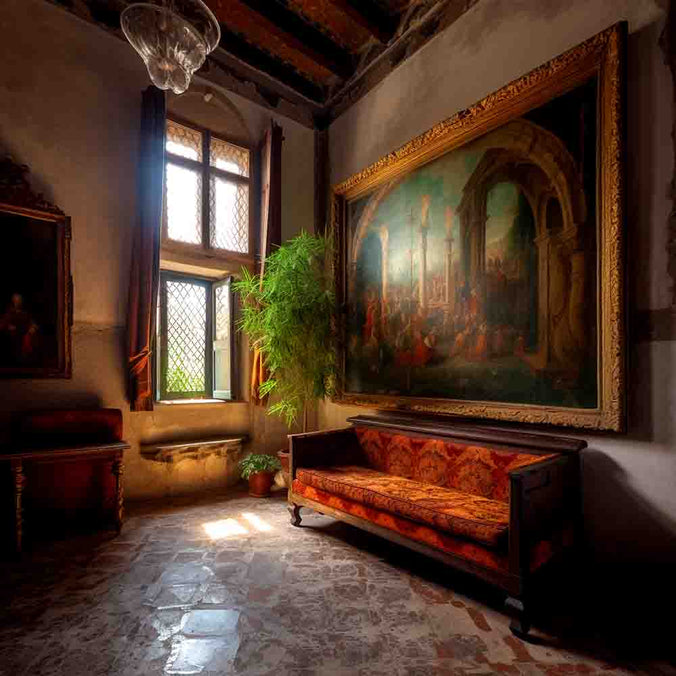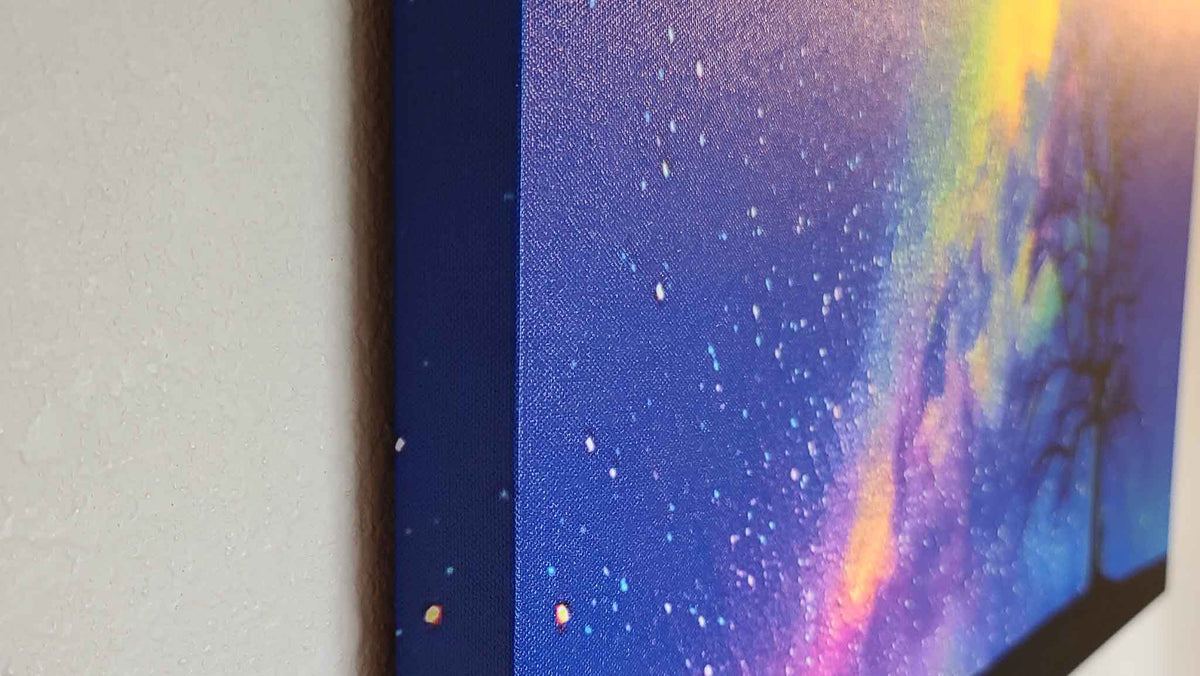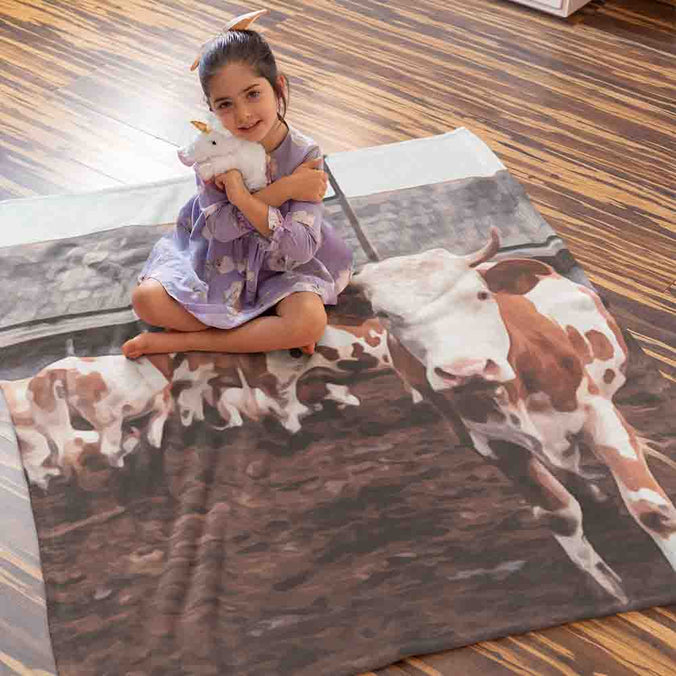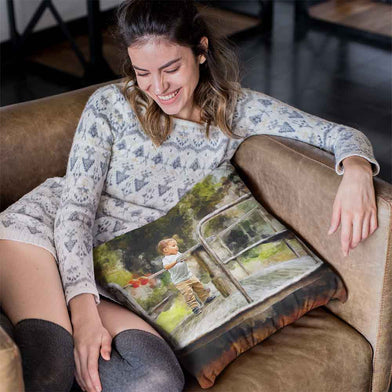How Can Art Be an Expression of Character?

How Can Art Be an Expression of Character?
We all express ourselves through every action we perform. Art is no different. It's often referred to as "self-expression." Whether it's music, painting, or even photography, we all create works that express who we are. However, what exactly does "self-expression" mean?
What is subconscious art?
Artists sometimes start their paintings with no conscious intention. Perhaps they want to make some tones, but the shapes that result are not necessarily what they had in mind. Subconscious art may be a way to express emotions and character traits. For example, an artist may subconsciously want to depict anger and rage. This may lead them to create slashing, agitated marks.
Later, as the painting develops on canvas, the meaning of these marks becomes clear. Artists also often use objects in their environment to create visual illusions. They may imagine a fantasy world and project their subconscious into the object. The result may be a drawing or painting. Surrealist art is an excellent example of unconscious art being an expression of character. However, not all unconscious art is this expressive.
Some psychologists believe that the subconscious can be tapped into through art. A visionary painting, for example, may communicate an intense emotion hundreds of years later. Although art is highly subjective and has no clear purpose, billions of dollars are spent on it each year. Many researchers believe that art is created from a place of passion and serves as an agent of emotional release.
While some argue that unconscious art is an expression of character, the counterfactual approach is no better. It presumes that the person created the work if they were feeling the same way.

What about non-objective art?
Non-objective art is different from other forms of art because it does not depict actual objects or people. Instead, it uses shapes, colors, and lines to tell a story. Some people attribute this to Monet's paintings, which are known for evoking an impression of haystacks. The artist believed that the value of a painting lies in its lines and colors, rather than its actual subject.
The nonobjective art genre has a wide variety of meanings. Some of its forms are symbolic, which means that it focuses on general themes and not specific objects. This allows the artist to express their character through the medium of art. Some artists are influenced by philosophy, while others draw from their personal experiences and observations. The meaning of non-objective art can be difficult to decipher, as there are no objective elements to judge. The focus of a non-objective art critique should be on the artist's use of shapes and colors, and the overall message of the piece.
This critical analysis can help reveal the deeper meaning of the piece. Non-objective art is difficult to understand and appreciate, as its subject matter is not necessarily representative. It may be an expression of character, or it could be a reflection of reality. Some artists use geometric abstract shapes and lines to express their character.
What is an example of objective art?
The expression of objectivity as a character trait is a fundamental philosophical concern. It raises philosophical issues about the self and the nature of reality. It raises metaphysical questions about the nature of the self and how we can know our own subjective states directly. It also raises ethical issues about the way we view ourselves.
Being objective is an expression of character and is associated with truth, reality, and reliability. Being objective can also mean that you are not influenced by your personal feelings or preferences. Using objectivity in your work means considering both sides of an argument and avoiding value judgments. This can help your work be more credible and professional.
Objectivity can be expressed in art in several different ways. A good example is the use of figurative description. In this technique, you create likenesses between two objects, which the reader can use to evaluate the object more accurately. It also allows you to see the objects in your mind more objectively. A moral statement, for example, can be subjective or objective. In the subjectivist theory, a moral statement means something like, "I find it offensive when someone ignores me when I am in distress." An objectivist view, on the other hand, sees the statement as an expression of a fact about the object.
Personality
Character is a fundamental aspect of life. A good character is unique and able to put people at ease. Good character is not exciting or engaging, but it is something that is recognizable and appealing. For example, likable and dependable people are often identified as having good character. On the other hand, people who are likable and boring are often regarded as having poor character.
Obviously, one way to express your character or that of your art subject(s) is through your visual art. The use of gestures, posture, and clothing are common methods for character expression. The use of facial expressions is a particularly effective method for character acting. Artists can also use other parts of the body to convey character, such as the hands, arms, and hair.
Emotions are often expressed in art, and could arguably be considered the entire purpose of certain forms of art. Emotions are often associated with certain moods, as viewers try to make sense of a picture. Consequently, they ascribe human qualities to a work of art. These qualities are known as affects. Each perceptual element in art is permeated with affect.
What does cultural context mean in art?
The cultural context of art as an expression of character is complex and varied. Although some people argue that art is too variable to reveal any patterns, studies have found several similar patterns among large samples of societies. The creative products of one cultural area often reflect the cultural values and social stratification of the entire group.
The earliest known examples of art date back 30,000 years ago, when Cro-Magnon man began creating drawings on cave walls, and the first known sculptures were created during the Upper Palaeolithic period of Eurasia!
Gombrich's study showed that art has an inherent relationship to tradition and develops through a dialogue between the artist and the viewer. As a result, art can play an important role in the formation of taste.
Aesthetics is a branch of philosophy that explores the nature of art and the concepts that relate to it. Its results are studied in the fields of art criticism and art history. This branch of philosophy is important because it teaches us how to value different art forms.
The process of artistic creation
The process of artistic creation as an expression of character has been studied since ancient times. Plato defined art as "the physical manifestation of something meaningful or symbolic." The main purpose of art is to communicate something meaningful, whether it's a thought, emotion, or concept. In this way, art can express the whole range of human experiences.
Hegel understood the functions of art and argued that its proper function is to express the freedom of the human spirit. Hegel referred to this as the "Ideal" of art. Art, he claimed, should reflect the freedom of the human spirit and should not attempt to be realistic, but should show human freedom. In the process of artistic creation, artists discover the possibilities of different art forms. This discovery inevitably changes the relationship between art forms and media.
Through the process of artistic creation, artists discover and redefine the possibilities of different art forms. Then, they can apply those new forms to a new context. Lessing's account of artistic creation offers an alternative view of the underlying assumptions that define a work of art. He emphasizes the differences between poetry and painting while claiming that a poem can express a different type of aesthetic experience than painting.
Phew! If you made it through this dense philosophical post about art expression, we applaud you! This was a fun one to write but it went deep!
Leave A Reply
Your email address will not be published. Required fields are marked *






